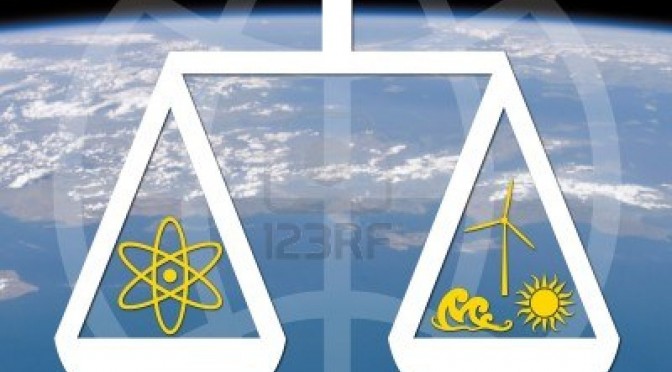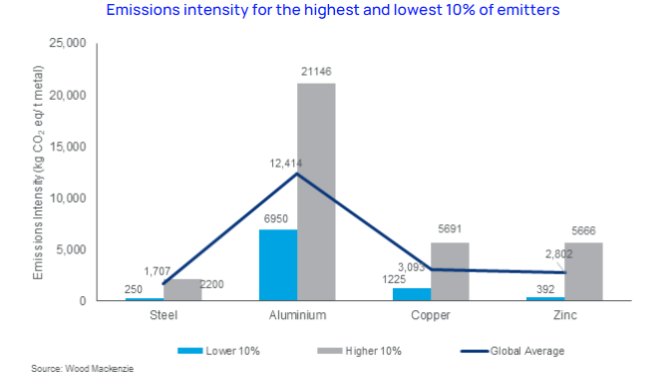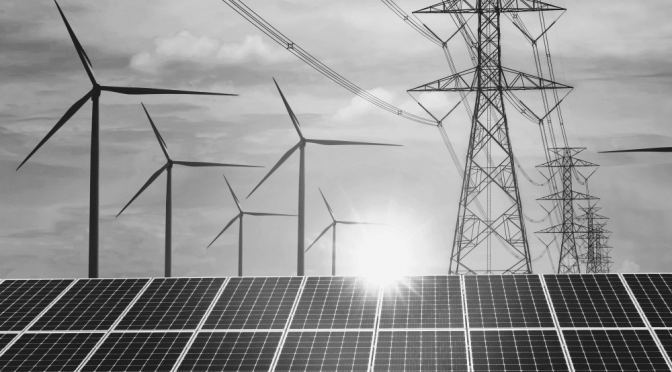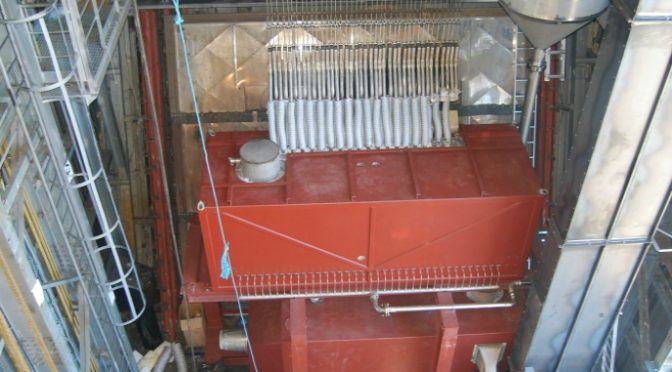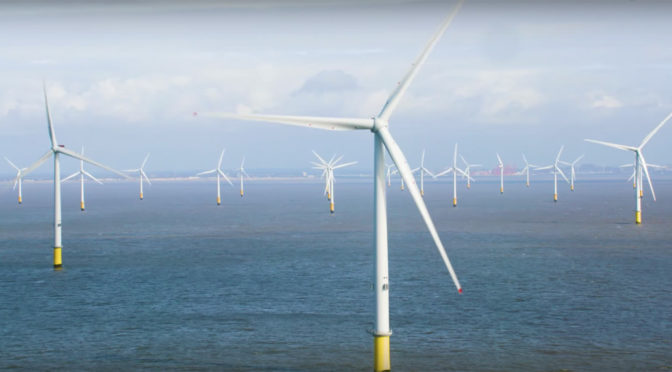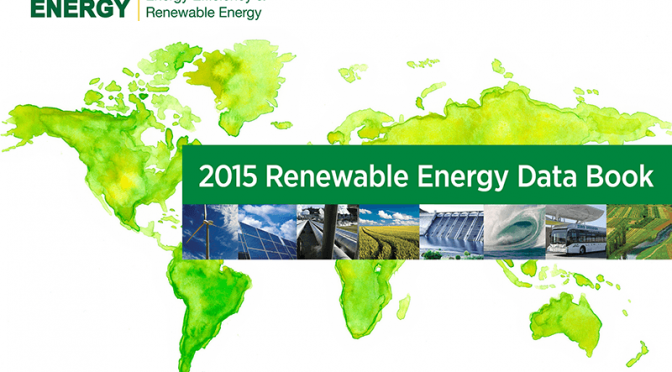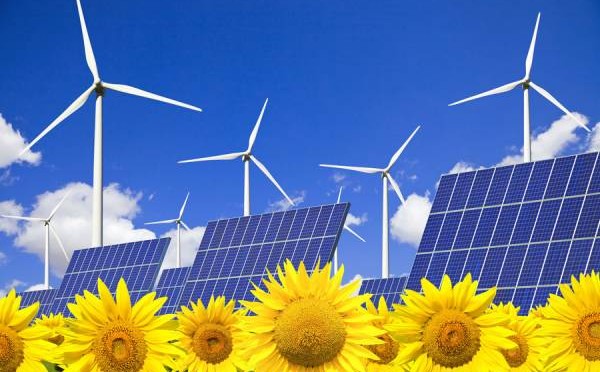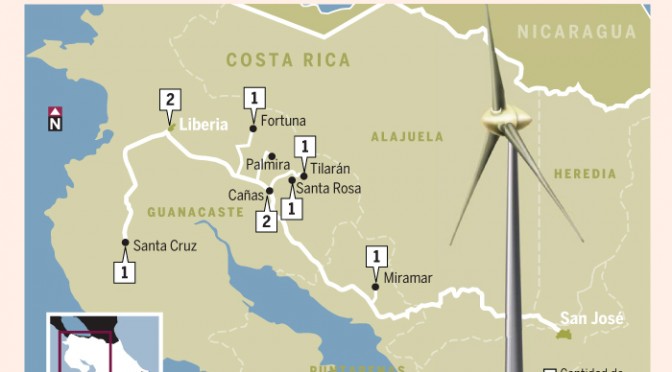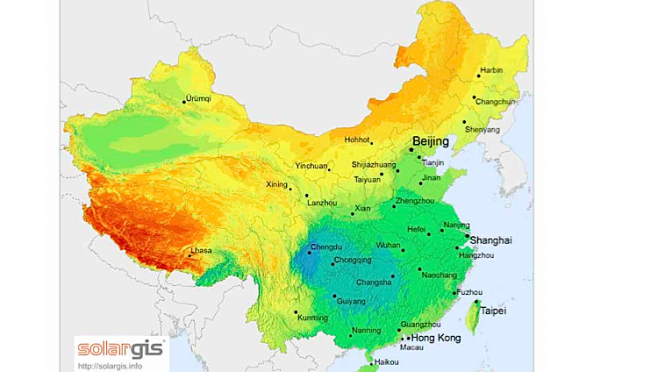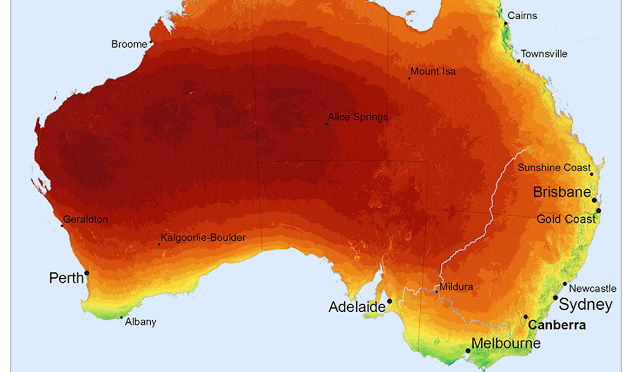Estimates show small modular nuclear reactors would provide most expensive power and will not be available until 2030.Electricity generated by solar and on-shore wind is the cheapest in Australia, even after the significant expense of integrating them into the power grid is factored in, according to new analysis from the CSIRO. Estimates of costs to … Continue reading Solar power and on-shore wind energy provide cheapest electricity and nuclear most expensive
Continue readingTag Archives: electricity
Beyond electricity: is hydrogen the key to greener smelting and refining?
In the metals and mining industry, the top contributors to CO2 emissions are smelting and refining processes. To date, much of the industry’s decarbonisation efforts have been focused on electrification. However, we’re starting to see a shift towards hydrogen as a replacement for fossil fuels in metallurgical processes. Our recent report, ‘Beyond electricity: Is hydrogen … Continue reading Beyond electricity: is hydrogen the key to greener smelting and refining?
Continue readingEIA expects solar and wind power to account for 22% of U.S. electricity generation in 2022
U.S. electricity generation from renewable sources, such as hydropower, wind, and solar, accounted for 20% of electricity generation both in 2020 and in 2021. We expect that share to increase to 22% in 2022 and to 24% in 2023 as more generating capacity from wind and solar come online and other generation sources, such as … Continue reading EIA expects solar and wind power to account for 22% of U.S. electricity generation in 2022
Continue readingHigh Temparature concentrated solar power plan with particle receiver and direct thermal storage
Clean solar energy with storage can help Europe reduce emissions and deliver a secure and cost-effective electricity supply. EU-funded research suggests that fluidised crystal particles trump molten salts as the heat transfer and storage medium. © Gilles Flamant Current state of the art concentrated solar power (CSP) plants use central receivers with several options for … Continue reading High Temparature concentrated solar power plan with particle receiver and direct thermal storage
Continue readingConcentrated solar power plants to produce electricity at night thanks to storage technology
Thermal energy storage (TES) systems can boost the conversion of solar thermal into electricity. They allow the efficient storage of heat during the day so that electricity production continues at night. Currently, the expansion of small and midsized concentrated solar power plants is limited because of the shortage of tailor-made TES systems. TES plays a … Continue reading Concentrated solar power plants to produce electricity at night thanks to storage technology
Continue readingU.S. electricity generation from renewable energy grows in 2017
Electricity from renewable sources, especially wind and solar, continued to increase in the United States last year, the U.S. Energy Information Administration (EIA) said Tuesday. According to EIA’s Electric Power Monthly, wind made up 6.3 percent of total net generation, and utility-scale solar made up 1.3 percent, which are record shares for both fuels. Nearly … Continue reading U.S. electricity generation from renewable energy grows in 2017
Continue readingNuclear power has taken a back seat to renewable sources of electricity for the first time
Electricity production from utility-scale renewable sources exceeded nuclear generation in March and April. That’s the first time renewable sources have outpaced nuclear since 1984. The growth in renewables has been fueled by scores of new wind turbines and solar farms. Recent increases in hydroelectric power as a result of heavy snow and rain in Western … Continue reading Nuclear power has taken a back seat to renewable sources of electricity for the first time
Continue readingRenewable energy sources make up over half UK electricity
Renewable energy sources generated more than half of the UK’s electricity for the first time ever at midday, on Wednesday, 7th June, 2017, Britain’s multinational electricity and gas utility company, National Grid plc, reported. Renewable energy is energy from a source that is not depleted when it is used, such as solar or wind power. … Continue reading Renewable energy sources make up over half UK electricity
Continue readingWindEurope discusses EU electricity market priorities at Florence Forum
On 16-17 May, WindEurope participated in the 32nd meeting of the European electricity regulatory forum (Florence Forum). Every year national regulators, Member State governments, the European Commission, system operators, power exchangers and market parties gather in this forum to discuss reforms to the EU internal electricity market. WindEurope CEO Giles Dickson was invited to … Continue reading WindEurope discusses EU electricity market priorities at Florence Forum
Continue readingE.ON stabilizes electricity grid with wind power
The fluctuating feed-in of wind power into the electricity grid has so far been regarded as a problem for grid stability and supply security. E.ON is now turning the tables. E.ON will be one of the first companies to stabilize the German electricity grid with wind power. This is made possible by the integration of … Continue reading E.ON stabilizes electricity grid with wind power
Continue readingHigh Renewable Energy Electricity Growth Continued in 2015
The 2015 Renewable Energy Data Book shows that U.S. renewable electricity grew to 16.7 percent of total installed capacity and 13.8 percent of total electricity generation during the past year. Published annually by the National Renewable Energy Laboratory (NREL) on behalf of the Energy Department’s Office of Energy Efficiency and Renewable Energy, the data book … Continue reading High Renewable Energy Electricity Growth Continued in 2015
Continue readingWorldwide renewable energy electricity is surging
Spurred by deep cost reductions and favorable government policies, renewable energy sources have for the first time surpassed coal as the largest source of installed power capacity in the world, according to a 25 October report by the International Energy Agency (IEA). Countries installed a record 153 GW of renewable power in 2015, which accounted … Continue reading Worldwide renewable energy electricity is surging
Continue readingRenewable energy sources dominate electricity generation in Costa Rica
Some 96 percent of Costa Rica’s electricity came from renewable sources in the first half of 2016, the President’s Office said Friday. The largest part of Costa Rica’s electricity mix is hydraulic power, which accounted for 70 percent of the total generation, said the office, citing preliminary data from the state electricity agency. During the … Continue reading Renewable energy sources dominate electricity generation in Costa Rica
Continue readingChina’s electricity could go 85% renewable by 2050 with wind power and solar energy
A rapid rollout of wind energy, solar power and bioenergy is technologically and economically feasible, a report led by the China National Renewable Energy Centre claims. In a “high renewable” scenario, the country’s coal use would peak in 2020 and its greenhouse gas emissions by 2025 – five years ahead of target. “China can … Continue reading China’s electricity could go 85% renewable by 2050 with wind power and solar energy
Continue readingRenewable energy is ready to supply all of Australia’s electricity
In a recent article on The Conversation, University of Melbourne Professor Emeritus Frank Larkins wrote that Australia’s targets to increase renewable energy will make electricity more expensive, thanks to problems with consistency and storage. But Professor Larkins is several years behind developments in renewable energy and its integration into electricity grids. In fact, we already … Continue reading Renewable energy is ready to supply all of Australia’s electricity
Continue readingElectricity prices in Germany to rise by 30 percent
Germany has drawn an ambitious blueprint to reach a stage where 35 percent of its total electricity from comes solar power, wind energy and other renewable energy by 2020, from the current 20 percent.
Continue reading